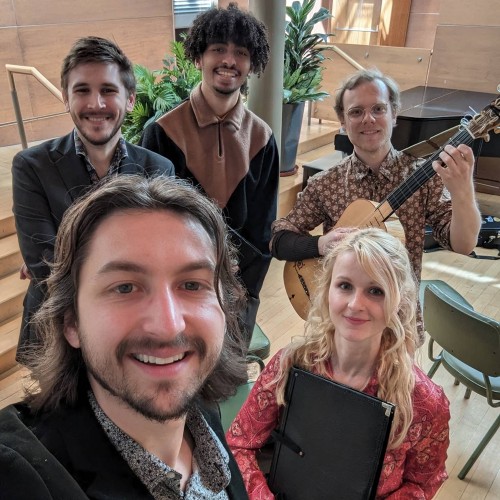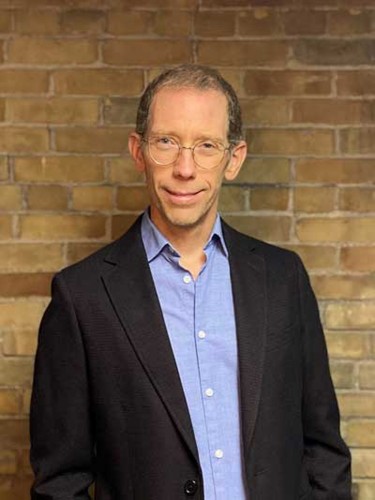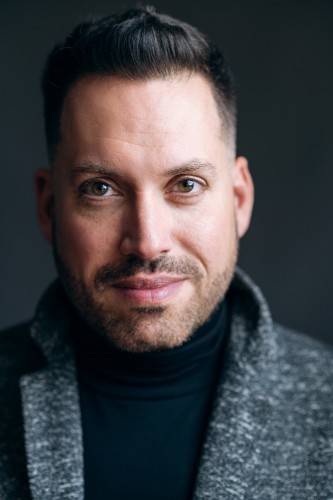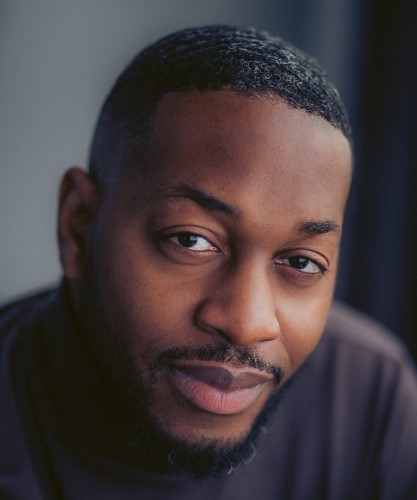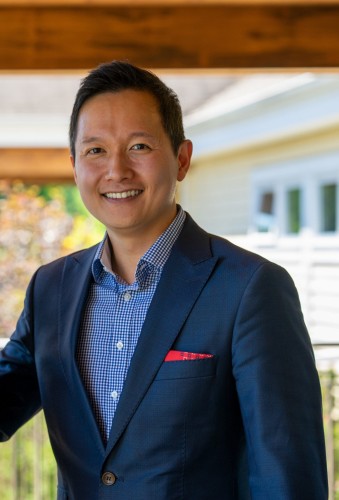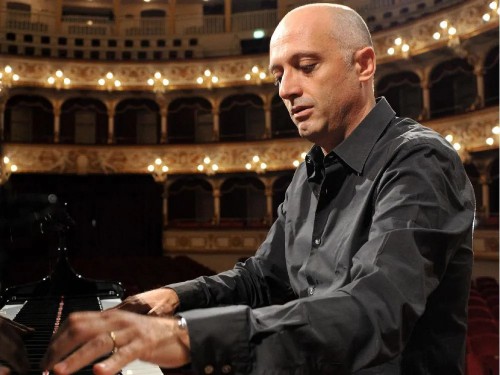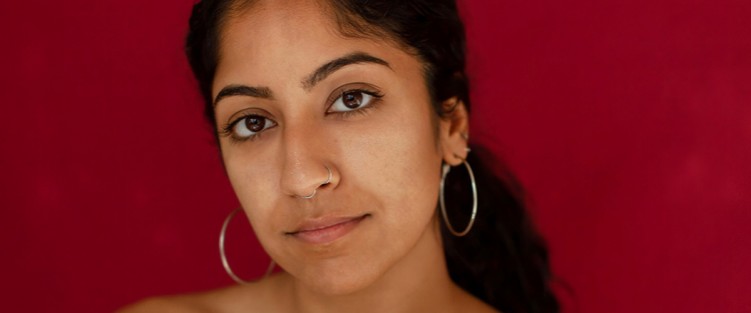ART OF THE ARC: A CURATORS’ Q & A | Alexander Cappellazzo - Apocryphonia
Q1: One particular work?
Our upcoming Amor Con Fortuna: Songs of 16th Century Spain concert on October 15th has this piece by Mateo Flecha the Elder called El Fuego. It’s this ten-plus minute song from a genre during the 16th Century called an ‘ensalada’ (salad). Essentially, they’re these epic, long disaster stories set to different little tunes that culminate with the day being saved by the appearance of the Virgin Mary or some angels, and perhaps some sort of raucous celebration afterwards. In this specific case everything is on fire (the aforementioned fuego) until it is not, and then a fellow named Joan plays the bagpipes while people sing praises to the Virgin. The music shifts here and there from these frantic rhythms to more “church-like” motet sections as the story progresses; the word painting is quite spectacular!
Interestingly enough, since the ensalada genre is a mish–mash of smaller works of music, there’s a sort of chaotic continuity to the overall musical journey even while the textual narrative is relatively straightforward. There are no reprises of past material, and the musical styles shift depending on the text, so as a listener the whole beginning~middle~end cycle is slightly refuted by not knowing what exactly is next to come.
Q2: The concert as a whole?
This is the most exciting part about concert curation; creating something brand new from the sum of its parts. I wonder what would happen if you gave two different people the same music to program; how different would those two concerts feel depending on their order?
Each Apocryphonia concert featuring Renaissance vocal quintet, Diapente, is programmed by a different member of the quintet; “Amor Con Fortuna” is the creation of our lutenist/tenor Jonathan Stuchbery. I know he took a particular effort in programming this concert to have both the poetic texts and the musical styles have a sort of continuity to them as the concert progresses. Specifically, he took an interest in the linguistic shift occurring in Spain at that time, so the concert reflects both a linguistic and musical evolution of thought. Beyond that, the emotional arc of the poetry was chosen in a way to keep things varied throughout the concert.
In past Apocryphonia concerts, I have played with splitting up sonatas between other works, or switching the order of the movements in order to achieve a desired effect based on the concert’s overarching musical narrative. Also this season we’re doing our second iteration of our Cabinet of Curiosities concert in June, which takes several multi-movement musical works and completely randomizes them on the night of the show. I find that especially fun because it highlights musical contrasts in a way only complete randomization could do.
Q3: Shaping the season?
The joy of vocal/chamber programmation is that unlike larger scale works like symphonies or operas you get to play with different combinations. I take multiple factors into consideration when programming a full season: time period, nationality, instrumentation, etc. The big thing is making sure the year feels varied and that no two concerts are too similar or too close to each other. I am a fan of creating narratives through programming; each concert has a story to tell, literally or conceptually. How that relates to the overall season is a bit more abstract however; my overarching aim is that if someone came to every show in the season they would feel like they saw something unique each time.
Tenor Alexander Cappellazzo is Diapente and Apocryphonia’s founding artistic director. Amor Con Fortuna plays at the Heliconian Hall October 15 at 7:30pm.



